Video content isn’t going away any time soon. Data shows that the average person watches 6.8 hours of video content online per week, up 59% from 2016. But with video platforms like YouTube constantly raising the bar for monetization requirements, and shifting policy changes that cause long-time partners to suddenly be de-monetized, some publishers might be wondering how to monetize video content without YouTube.
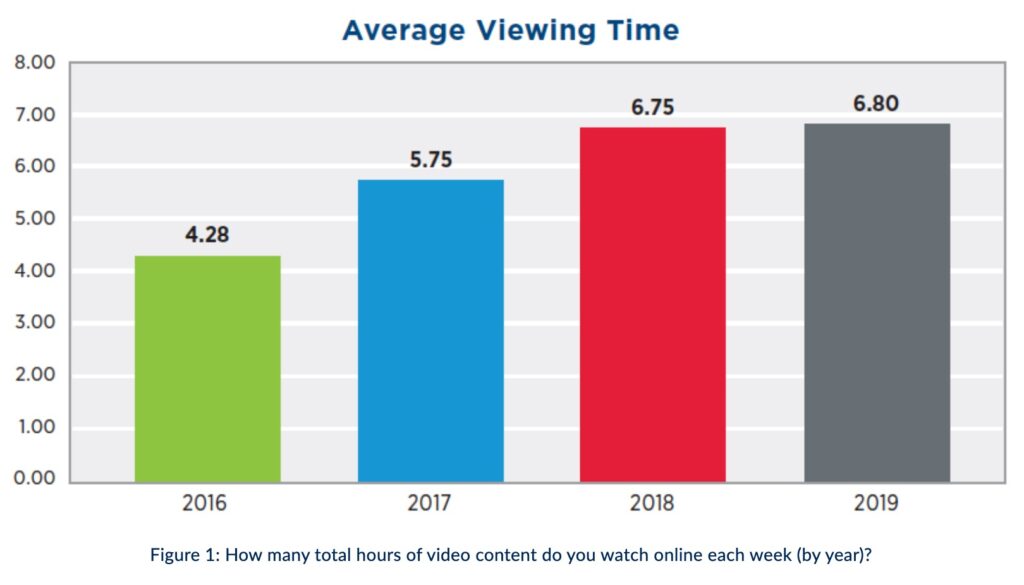
Today, I’m going to share with you the definitive guide on how to monetize video content without YouTube.
Can you monetize video content without YouTube?
Yes, you can monetize video content without YouTube. We wrote an in-depth article on how to self-host your own video content, but here are some of the key points to how you can start monetizing your video content without YouTube.
- Consider how your website is hosted: Do you use a CMS like WordPress, Drupal, or Joomla!, or do you self-host? Knowing the specifications of file size limits for video uploads is key.
- Choose where you will self-host your videos: You can choose an all-in-one self-hosting option like Cloudflare Stream, or upload videos through your CMS or web host and use an open-source player like MediaElement.js, Video.js, and many others.
- Create content and be conscious of scaling: If you’re self-hosting and your hosting provider plan is $100 a year for up to 1000 GB of video file storage, and if you surpass that limit and your plan jumps up to the next tier automatically, that might hurt your wallet. So keep track of how your video production scales along with the growth of your website.
- Optimize your videos for SEO: Make sure your videos have meta descriptions, meta titles, etc. so Google can index them properly.
What are YouTube video monetization requirements?
Outside of having an AdSense account linked, being in an eligible country, and following all YouTube monetization policies, there are two main requirements for monetizing with YouTube:
- 4000 hours of watch time on your videos
- 1000 subscribers to your channel
The pre-2018 threshold for YouTube’s partner program was 10,000 views. But YouTube claimed this threshold didn’t that didn’t give them the information needed to weed out spammers and impersonators.
Why monetize video content outside of YouTube?
The main reason to monetize video content outside of YouTube is that you maintain full control over your content. Additionally, YouTube keeps increasing monetization requirements, putting more regulations on content types, and blocking stuff for no reason.
There are hundreds of threads like these in forums across the web where people have been de-monetized after years of being on the platform.
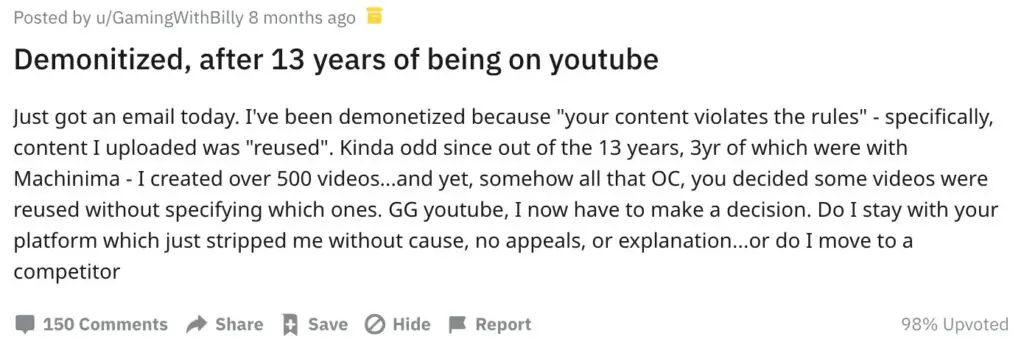
YouTube’s primary goal is to protect their own interests and the interests of their advertisers. Similarly, this is why if content policies suddenly change, they are doing this to protect their own interests (and their wallet).
But for YouTube to de-monetize a video creator who makes roughly $1,000 a month, that’s a drop in the hat for them. For the publisher, that might be a good portion of their monthly income, gone in an instant.
How do you get video views without YouTube?
The easiest way to ensure you get video views without YouTube is to make sure your videos have relevant metadata associated with them.
This means making sure your video has:
- meta titles
- meta descriptions
- relevant tags
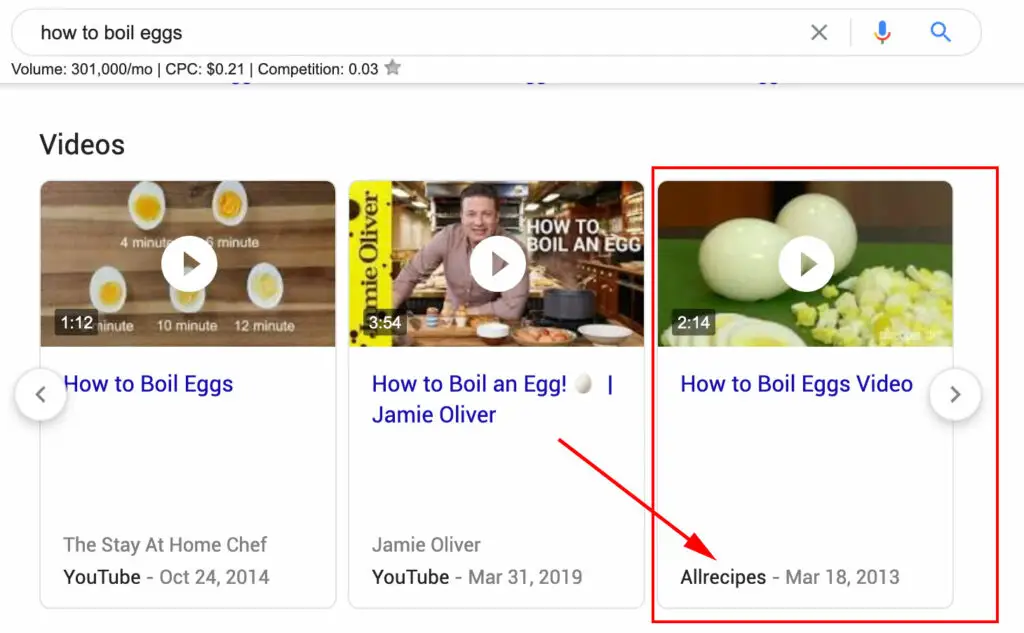
When you click on this “How to boil eggs” video, you’ll instantly see that the publisher has a video title & description associated with it.
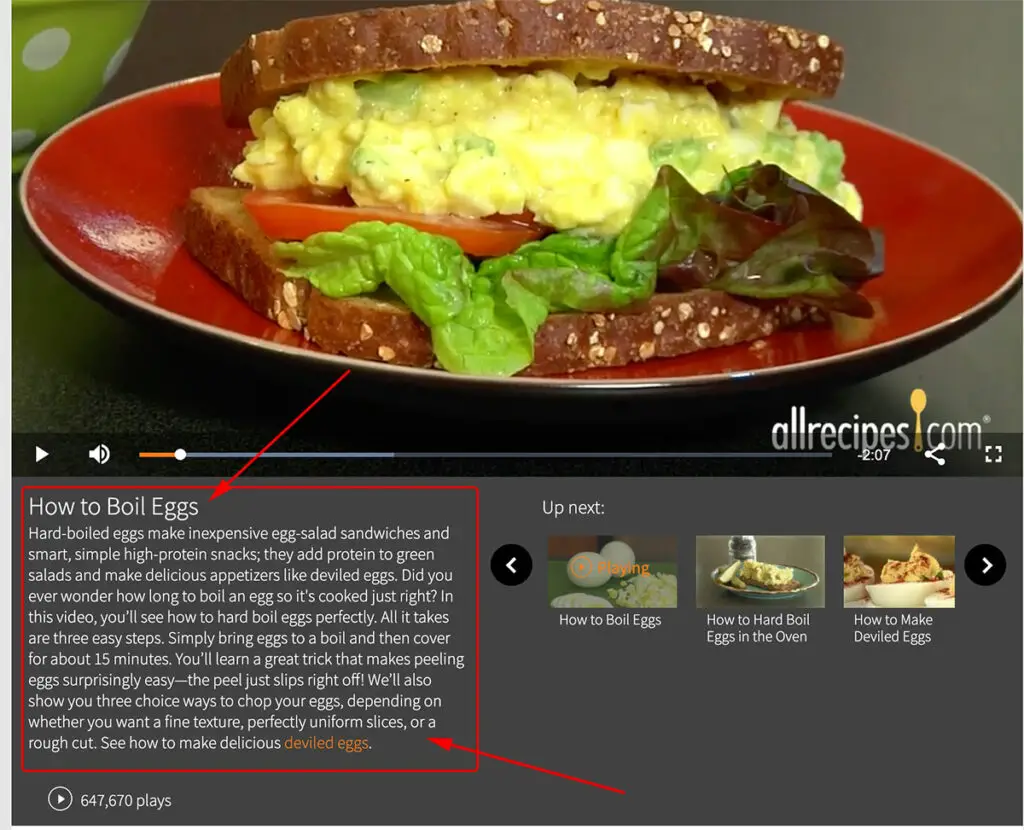
This meta info helps Google find and index your videos. If you just throw a video on your website with no meta info, Google will not be able to index your video.
How do you monetize video content?
The largest alternative to monetizing video content outside of YouTube is Facebook. But using a giant, third-party platform like Facebook comes with the same downsides and risks as it does YouTube. At the end of the day, you still don’t have control over your content.
There are also a number of platforms that allow monetization of video content:
- Vplayed
- Ooyala
- Contus
- Brightcove
- Oculu
These platforms have the benefits of allowing you to host, distribute, and monetize your videos all in the same place while still owning your content fully.
How do you start monetizing video on your website?
One of the easiest ways to do start monetizing video on your website is by creating video content that goes along with your written content.
Below is an example of an article we wrote on how to serve next-gen images in WordPress. After the article was published, we created an Ezoic Explains video that we ultimately embedded within the content.
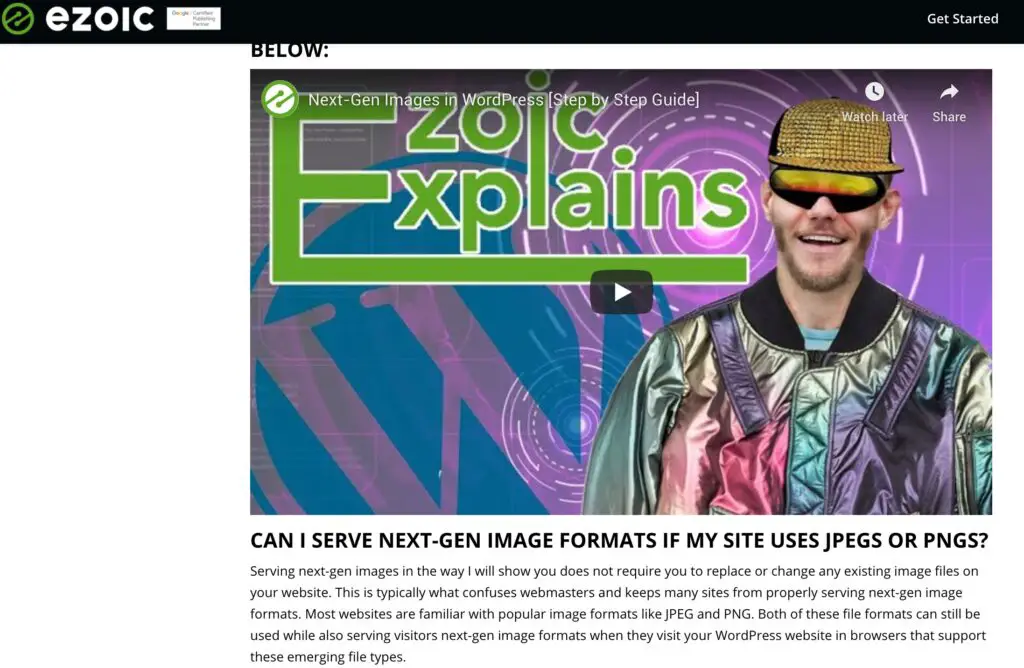
Embedding video content within articles can impact UX metrics like engaged time on page and page views per visit. If people are spending more time on your article, that is a strong sign to Google that the content is good, and it can help boost rankings.
Additionally, the videos can rank on their own and rack up views. Once you’re using a self-hosting video provider that gives you access to monetization, pre-roll, mid-roll, and post-roll ads (ads in the beginning, middle, and end of a video) can help monetize your video content on top of the display ads you have on your website.
Some publishers also find great success with direct deals and sponsored content from brands. If an advertiser finds your content relevant to their target audience, they may reach out and want to sponsor your content.
How much can you make from video content?
The money you can make from self-hosting video content depends, just like with display ads.
For example: Self-hosted videos could be 3-10x higher than YouTube revenue if you’re able to have different ad demand outside Google competing. The biggest issue with getting high video CPM rates is getting competition; which you can actually get from Google AdX, if you host or serve your videos in a player on your website.
CPMs for videos come with all the same caveats that display does but typically are anywhere from 10-100% higher paying.
In contrast, they could also be lower to in the inventory value isn’t good (i.e. viewable impressions, viewed videos). This will drain the value and display could actually beat it the revenue from ads on videos.
if your content is relevant to visitors and valuable to advertisers, the potential revenues are often higher; especially if there are a lot of video advertisers competing
Wrapping up how to monetize video content without YouTube
Although YouTube still is the prevalent video monetization platform on the web, that might change as more publishers shift to self-hosting video. Self-hosting’s biggest advantages are the fact you maintain total control over your content and its monetization.
As it currently stands, self-hosting video can be a bit of a hassle. Unless you use an all-encompassing platform where you can host and monetize your video, things can get complicated. Some of these self-hosted video platforms, like JWPlayer, can be a little pricey.
At the end of the day, you need to consider your goals as a publisher, the level of control you’re comfortable with, and if you do choose to monetize video content, how you are going to scale.
Additionally, Ezoic is developing an all-in-one video monetization tool. This tool will allow publishers to upload, host, and monetize their video content without having to worry about WordPress upload limits, finding HTML5 players, or securing advertisers.
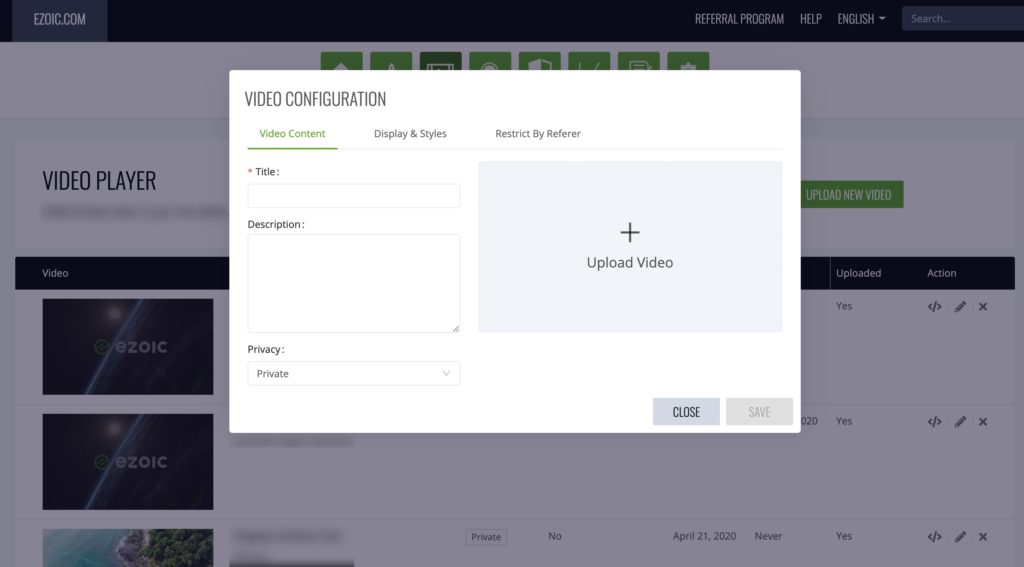
Do you have any questions or comments? Let me know and I’ll try to answer them.


Great work ezoic. I’ll wait for this tool and will start video publishing once it is available.
I expect this video tool to be ultra easy to use like all other tools offered by ezoic.
hello, Allen.
nice post about video monetization. we are waiting for Ezoic video tools. meantime publishers can host videos on WordPress jetpack premium plans. but if ezoic is giving video upload and monetization tools we should wait for it.
Dailymotion an alternative to youtube. Requirements are not too high and the content team is fair (not like youtube). And yes you can monetize your videos with Dailymotion and they do pay (monthly in USD).
Can’t wait for Ezoic to offer the video monetisation!
There are various other sites which you can use to monetize your video content. Dailymotion and Vimeo is one of them. The main reason to monetize video content outside of YouTube is that you maintain full control over your content